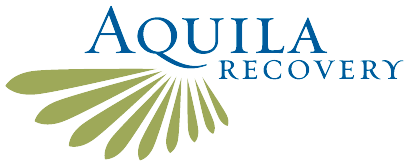There has been a great deal of press surrounding the opioid epidemic gripping the country. It is true that heroin is cheap and easy to acquire, but prescription opioids abuse constitutes a large portion of the problem. Prescription overdoses claim over 40 lives a day in the US. The CDC recently stated that, “The prescription overdose epidemic is doctor-driven.” Furthermore, “It can be reversed in part by doctor’s actions.” To support this goal, the CDC recently issued final recommendations for prescribing opioids.
Key points from the 12 recommendations include:
- Opioids are not first-line therapy for chronic pain, first consider nonopioid pain relievers or nonpharmacological options such as exercise and cognitive behavioral therapy
- Conduct a urine test before initiating opioid therapy
- Avoid doses of 90 morphine milligram equivalents or more
- Limit the treatment of acute pain to usually no more than 7 days
- These guidelines do not apply for palliative care or end of life care, or treatment of active cancer
While these recommendations are not binding, they serve as a basis for providers’ conversations with their patients. The evidence is showing that the risk of opioids for chronic pain and acute pain greater than 7 days potentially outweighs any benefits that patients may receive. Fortunately, the increased publicity of the epidemic of opioid overdoses has already prepared many patients to consider other alternatives to pain management.
